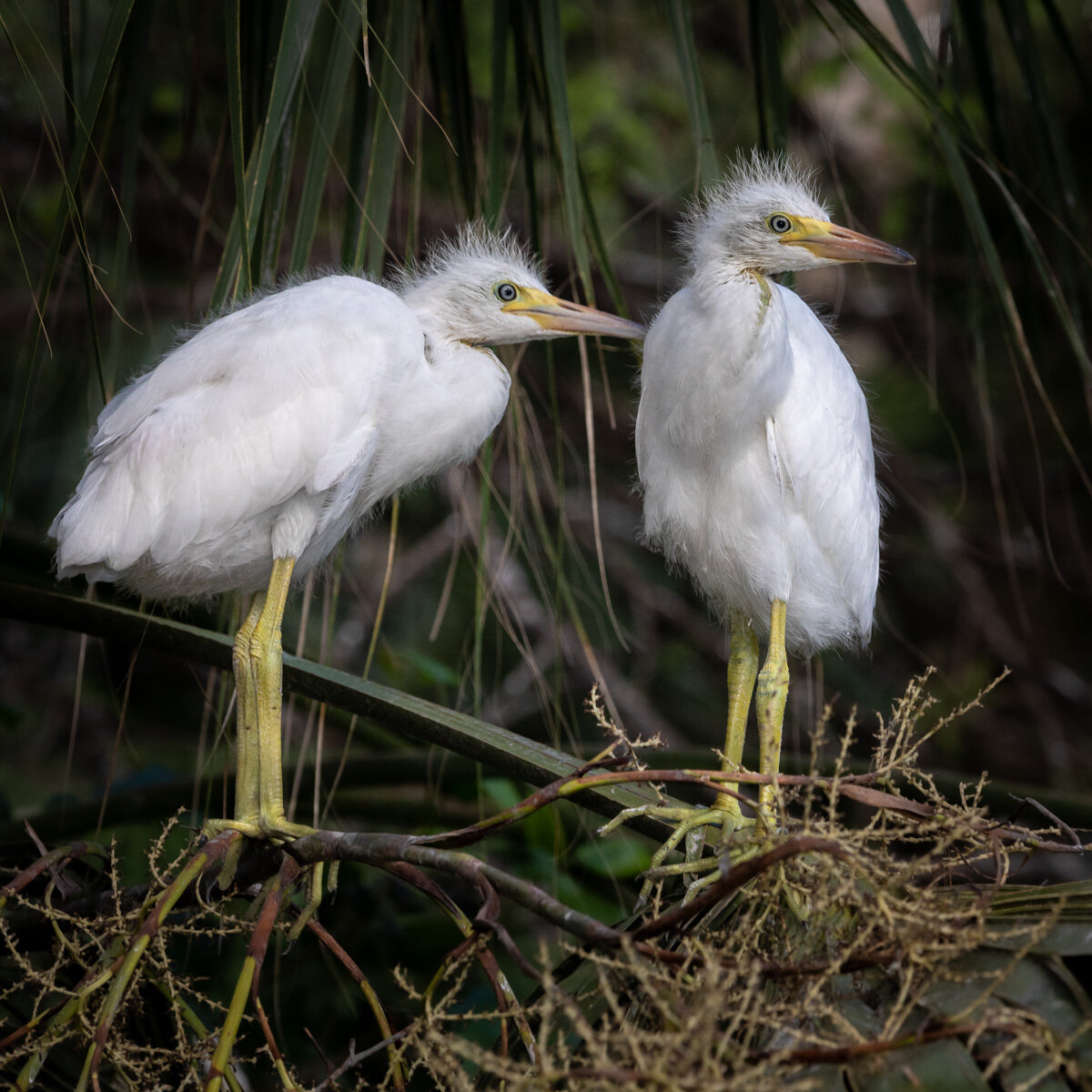Science magazine published a report last month that the bird population of the United States and Canada has declined by nearly 3 billion birds, or 29 percent, since 1970. Habitat loss and pesticides lead the causes. Grassland birds have suffered the steepest declines. It might just not being in the right place, but often at this time of year I’ve seen great murmurations of huge flocks of blackbirds and haven’t seen as many large groups in recent years.
Red-winged blackbird
European starlings were introduced to the U.S. in the 19th century and spread far and wide. The report found that even these birds declined nearly by half. Starlings look drab at a distance, but up close have impressive color as this fellow showed off on the Island of Mull.
European Starling
Cattle Egrets are another immigrant. They evolved following large animals in the grasslands of African. They spread to South America in the 19th century. By the mid-20th century they were in North America, and they were very common when I was growing up in Florida following cattle and the insects stirred up.
Cattle Egret chicks
And the birds aren’t the only ones with a wide mouth. Nests such as this are often over water which makes it harder for predators to get to the trees. However, if the chicks fall out they become a quick snack.
American Alligator
Audubon magazine also reports the devastating effect of climate change on bird range and habitats. Many species faced near extinction a century ago when their plumage was harvested for fashion. Many, like the Great Egret below, made a great recovery, and now face the risk of climate change and habitat loss.
Great Egret chick





